Have you ever sat on the couch, minding your own business, when suddenly your cat saunters over, jumps onto your lap, kneads a little, and settles down for a nap? But here’s the twist: it only happens once a week! That single moment can feel like a small miracle, almost like being chosen by royalty. Cat lovers everywhere know the feeling—your heart skips, you freeze in place, and time stands still. But what does it actually mean when your cat makes this rare, weekly pilgrimage to your lap? Is it a sign of affection, trust, or something else altogether? Let’s dive into the fascinating world of feline behavior and discover the secrets behind your cat’s once-a-week lap cuddle.
The Rarity of Lap Visits: More Than Just Coincidence

When your cat chooses your lap just once a week, it’s easy to assume it’s random. But cats rarely do anything by accident. Their behavior is driven by a mix of instinct, comfort, and sometimes even a bit of mystery. The weekly pattern could be linked to routine, mood, or even something in your environment that changes on that particular day. Maybe you’re wearing a certain sweater, or the house feels quieter. It’s almost like your cat has an internal calendar, and each week, there’s one special slot reserved just for you. This rarity makes the moment feel even more precious, like finding a four-leaf clover in a field of green.
Understanding Cat Affection: A Language All Their Own

Cats show love in the most subtle ways. While dogs might wag their tails or lick your face, cats are more reserved. Sitting on your lap, even if only weekly, is a big deal in the feline world. It means your cat feels safe and trusts you enough to relax completely. Think of it as a secret handshake between the two of you—a sign that you’re part of their inner circle. Every head bump, slow blink, and gentle purr is a piece of their love language, and a weekly lap visit is like a love letter you didn’t know you were waiting for.
Trust Takes Time: Why Cats Don’t Always Cuddle

Unlike dogs, cats aren’t wired to seek constant physical attention. Trust is something they build slowly, often over months or even years. When your cat chooses your lap just once a week, it’s a sign that you’ve earned a special place in their heart, but they still value their independence. Some cats want affection on their own terms, and that’s perfectly normal. It’s like having a friend who calls only when it really matters—not because they love you less, but because each moment together is meaningful.
Body Temperature: The Cozy Draw of a Warm Lap
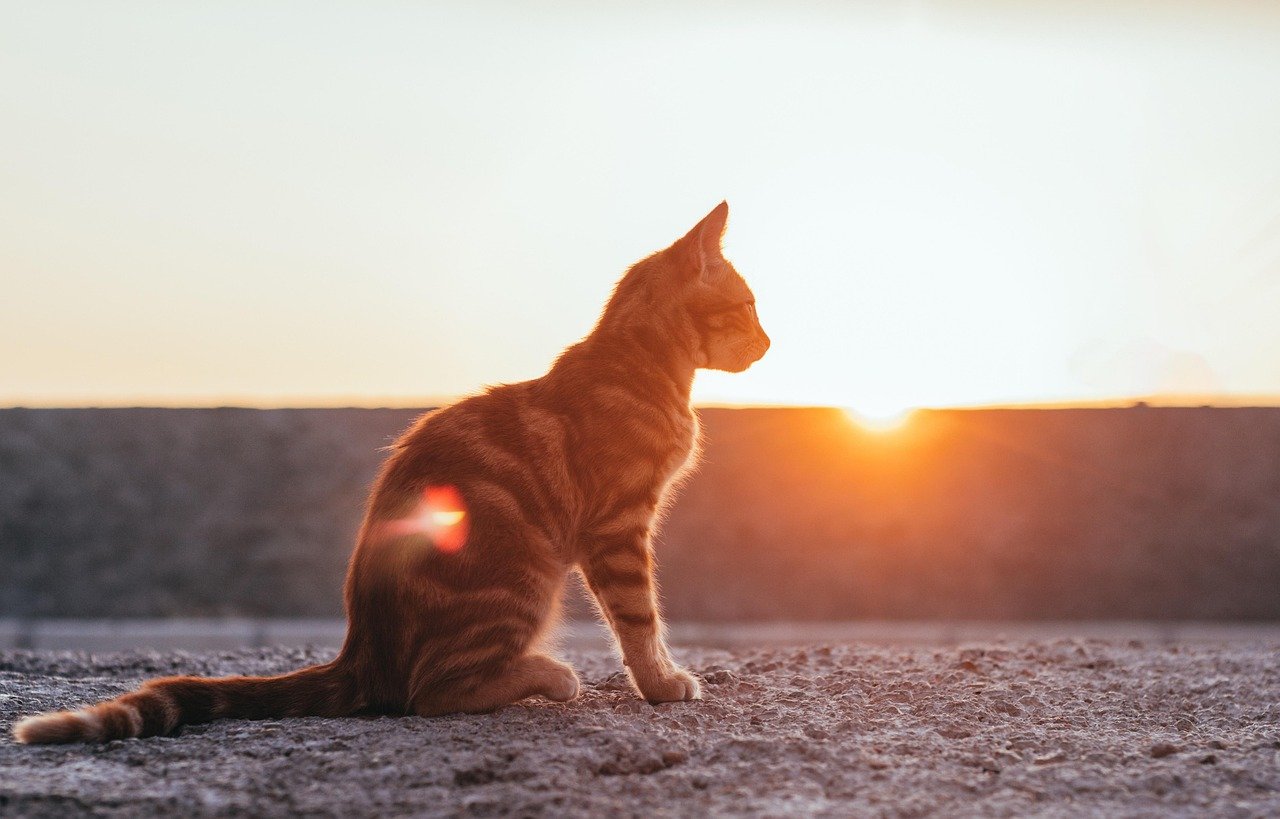
Cats are heat seekers by nature. They love sunny spots, warm blankets, and yes, the heat radiating from your lap. If your cat plops down on you once a week, it might simply be chasing the coziest spot in the house at that moment. Maybe your lap is extra warm on a specific day, or the temperature in the room drops, making your body heat irresistible. It’s a practical decision, but it doesn’t make it any less sweet. After all, who wouldn’t want to be a cat’s personal heater, even if only occasionally?
Routine and Ritual: How Cats Keep a Schedule
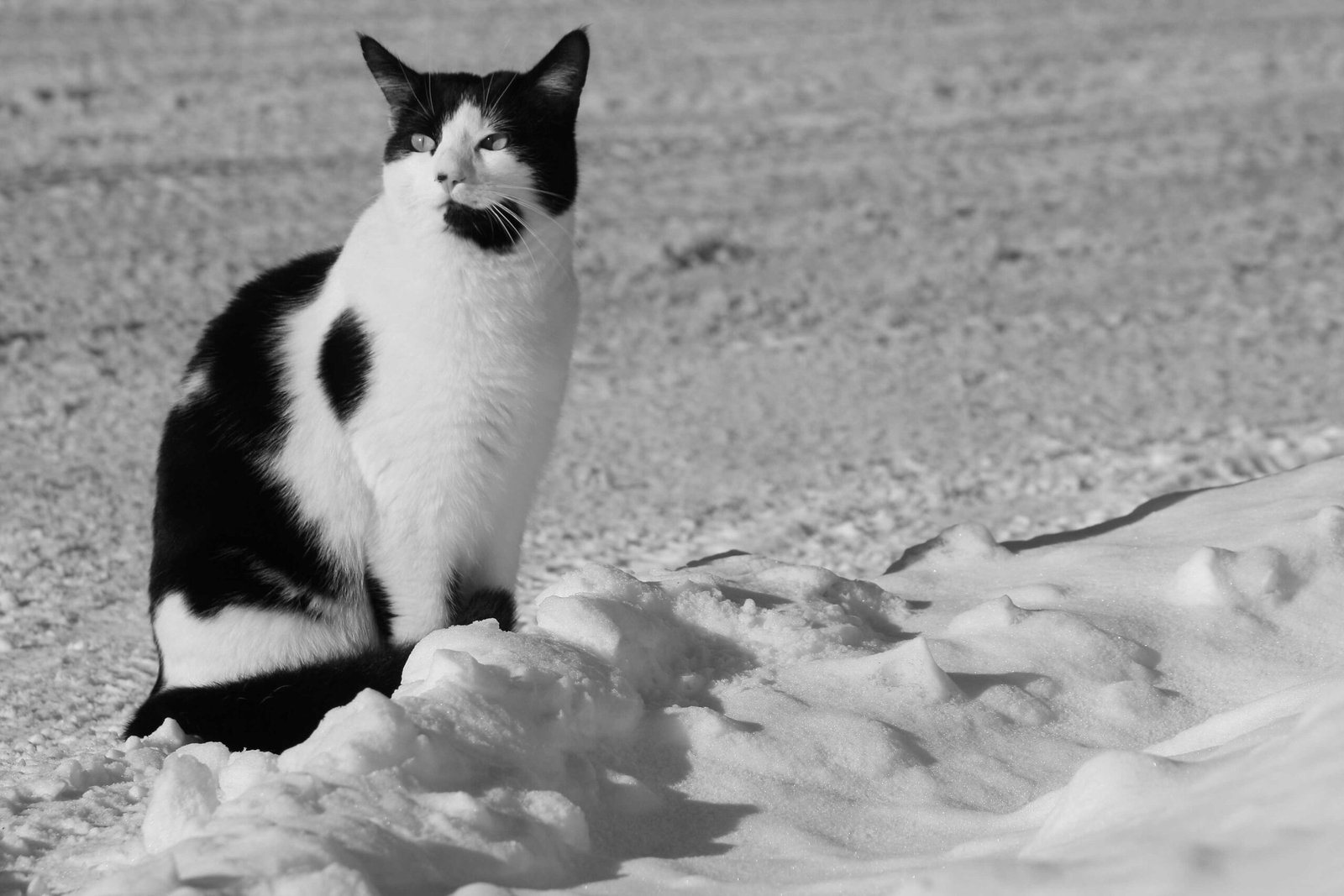
Cats are creatures of habit. They love routines, and even a once-a-week cuddle can become part of their ritual. Maybe Sunday afternoons are quieter, or you tend to sit in a particular chair that feels safe and familiar. Your cat might associate that time and place with security and comfort. Over time, this routine becomes a ritual—a weekly check-in that reassures both of you. There’s something magical about having a standing “date” with your cat, even if they’re the one who sets the schedule.
Personality Plays a Part: Not All Cats Are Lap Cats
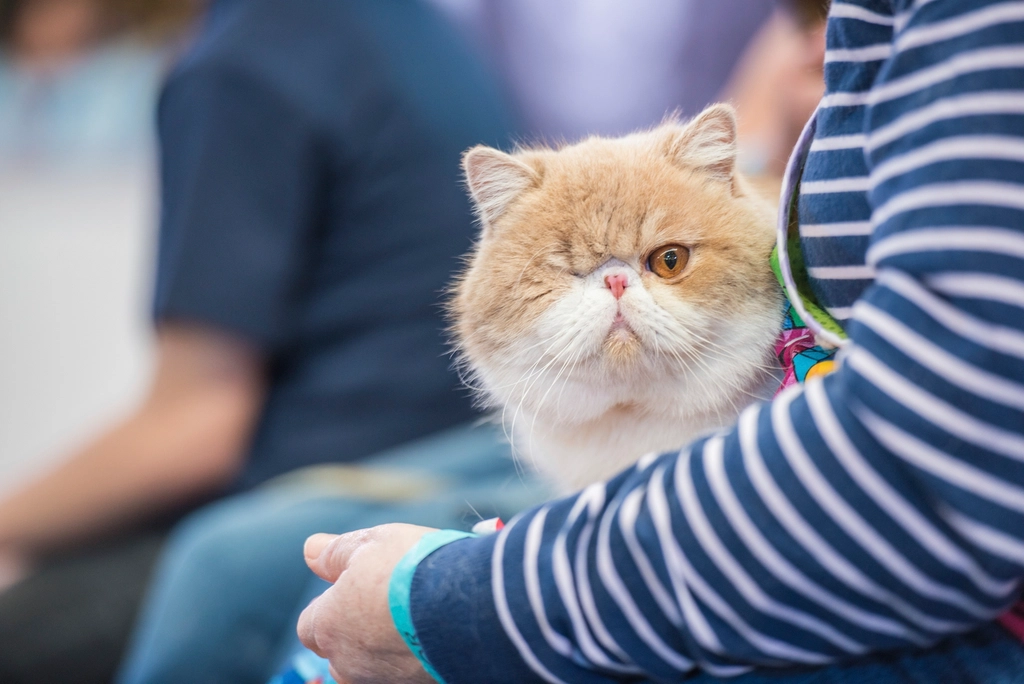
Every cat has its own unique personality. Some are natural lap loungers, while others are more aloof. If your cat visits your lap only once a week, it could simply be their way of balancing affection with independence. Shy or cautious cats may need more personal space, and that’s okay. Their weekly visit is a compromise—a way to show love without feeling overwhelmed. It’s like getting a postcard from a friend who lives far away; brief, but heartfelt.
Reading the Signs: What Your Cat’s Body Language Tells You
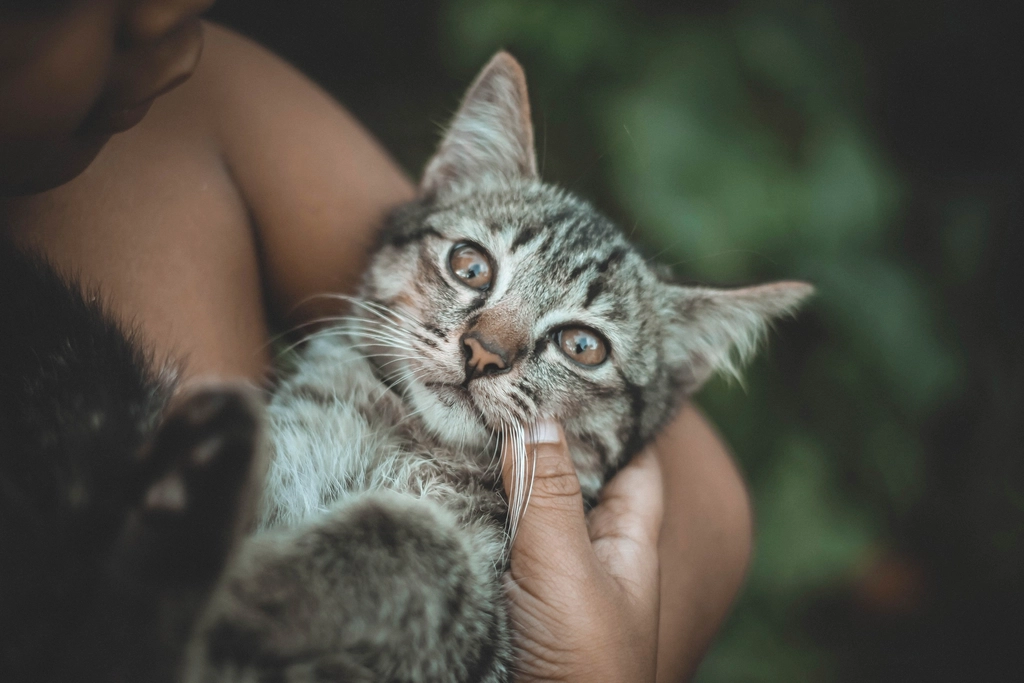
When your cat climbs onto your lap, pay close attention to their body language. Are they purring, kneading, or curling up tightly? These are all signs of contentment and trust. Sometimes, a cat will sit on your lap but remain alert, ears twitching and eyes darting. This might mean they’re still a bit unsure, using your lap as a midway point between exploration and relaxation. Learning to read these subtle cues helps you understand why your cat chooses your lap so rarely, and how special those moments really are.
Bonding Moments: Making the Most of Lap Time
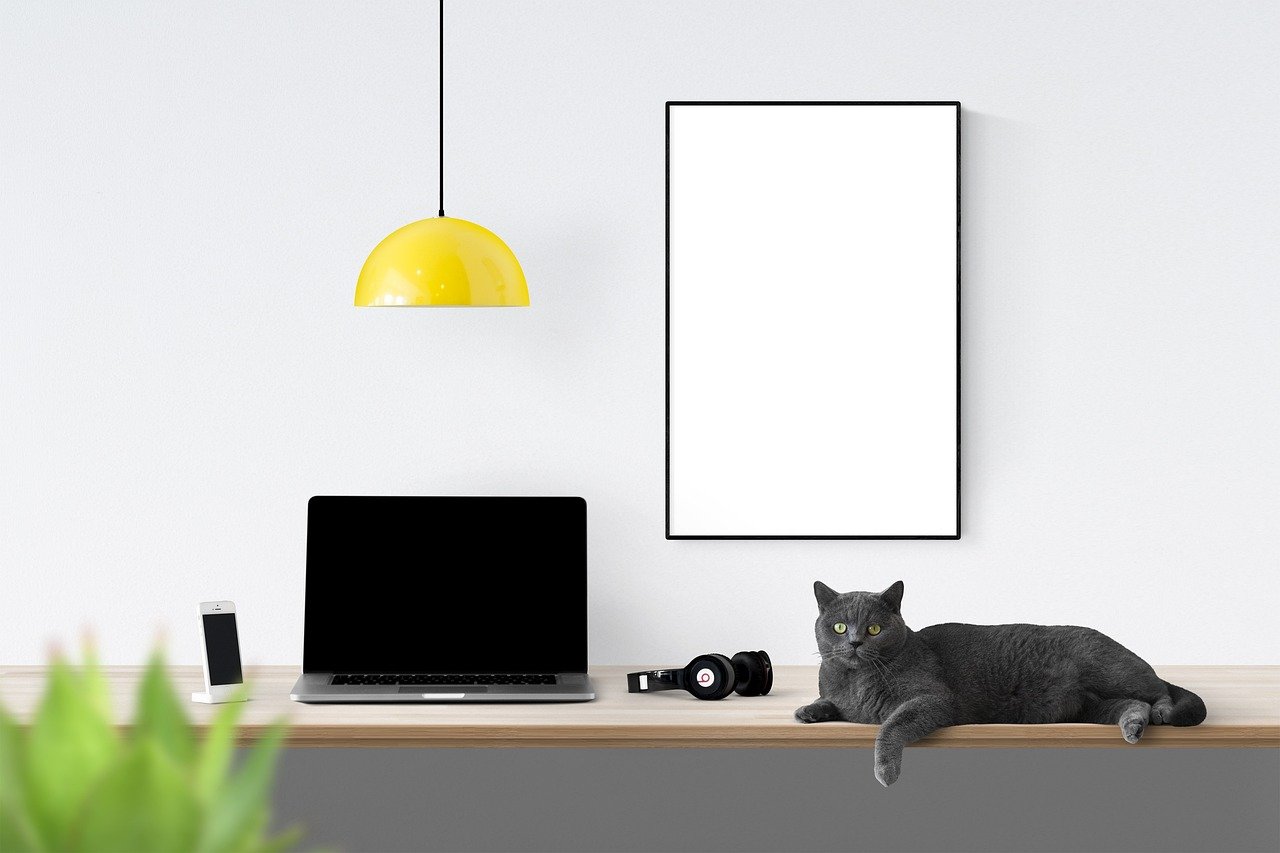
That weekly lap visit is more than just a cozy nap—it’s a chance to bond. Use this time to gently pet your cat, speak softly, or simply sit quietly together. These moments help strengthen your connection, creating positive associations for your cat. Think of it as “quality time” in the truest sense—a weekly reminder that you matter to each other. Over time, these shared moments can deepen your relationship, making each visit feel like a small celebration.
Environmental Factors: What Changes Each Week?
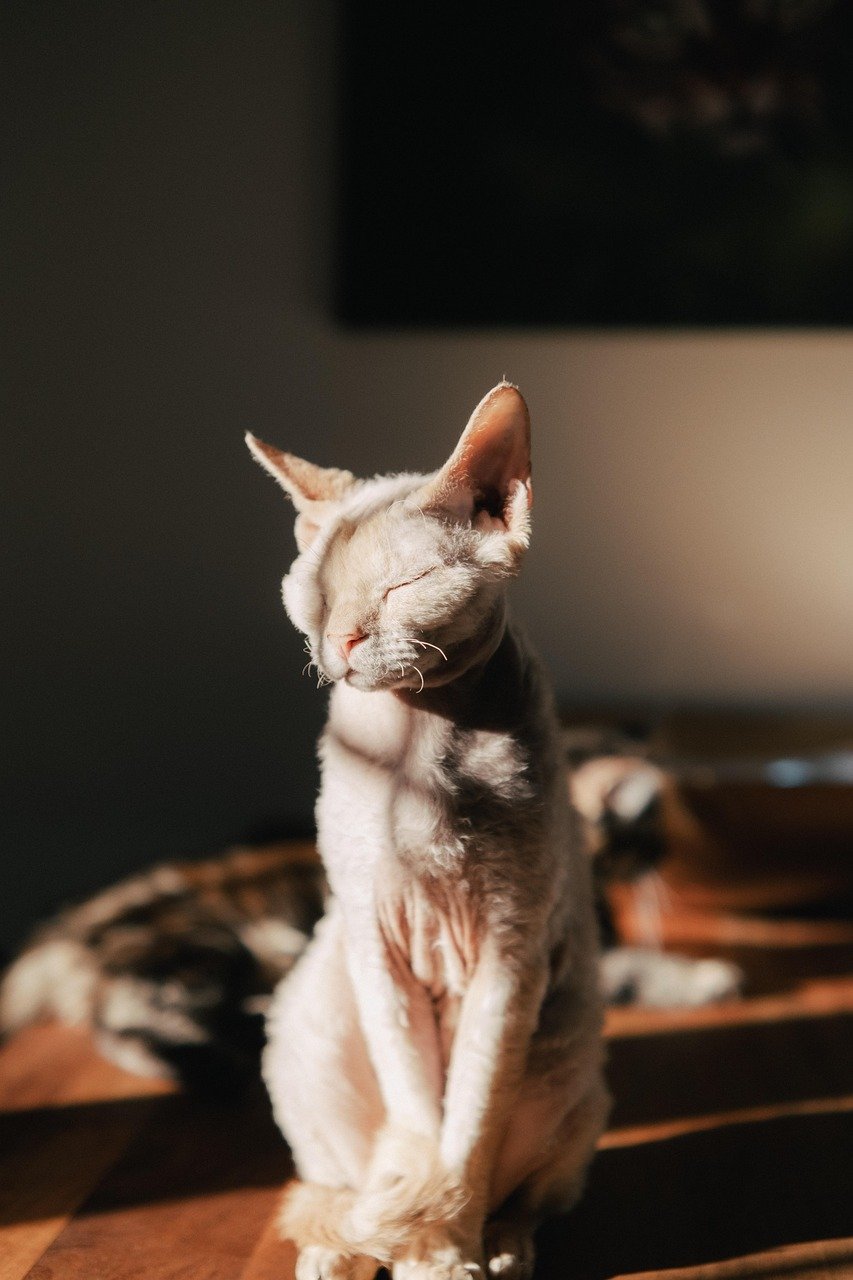
Have you noticed if anything is different on the day your cat chooses your lap? Maybe you’re home more, or the household is quieter. Cats are highly sensitive to changes in their environment, and even small shifts can influence their behavior. A new scent, a different routine, or even the weather can make your lap more appealing. Sometimes, it’s the little things—a freshly washed blanket or a patch of sunshine—that draws your cat in.
Food, Treats, and Positive Reinforcement

Cats are clever creatures, and they quickly associate positive experiences with rewards. If you’ve ever given your cat a treat or a special meal around the same time as their weekly lap visit, you might be reinforcing the behavior without realizing it. Over time, your cat could link lap time with treats or affection, making it a ritual they look forward to. It’s a gentle reminder that positive reinforcement works, even with the most independent felines.
Stress and Security: Seeking Comfort on Your Lap
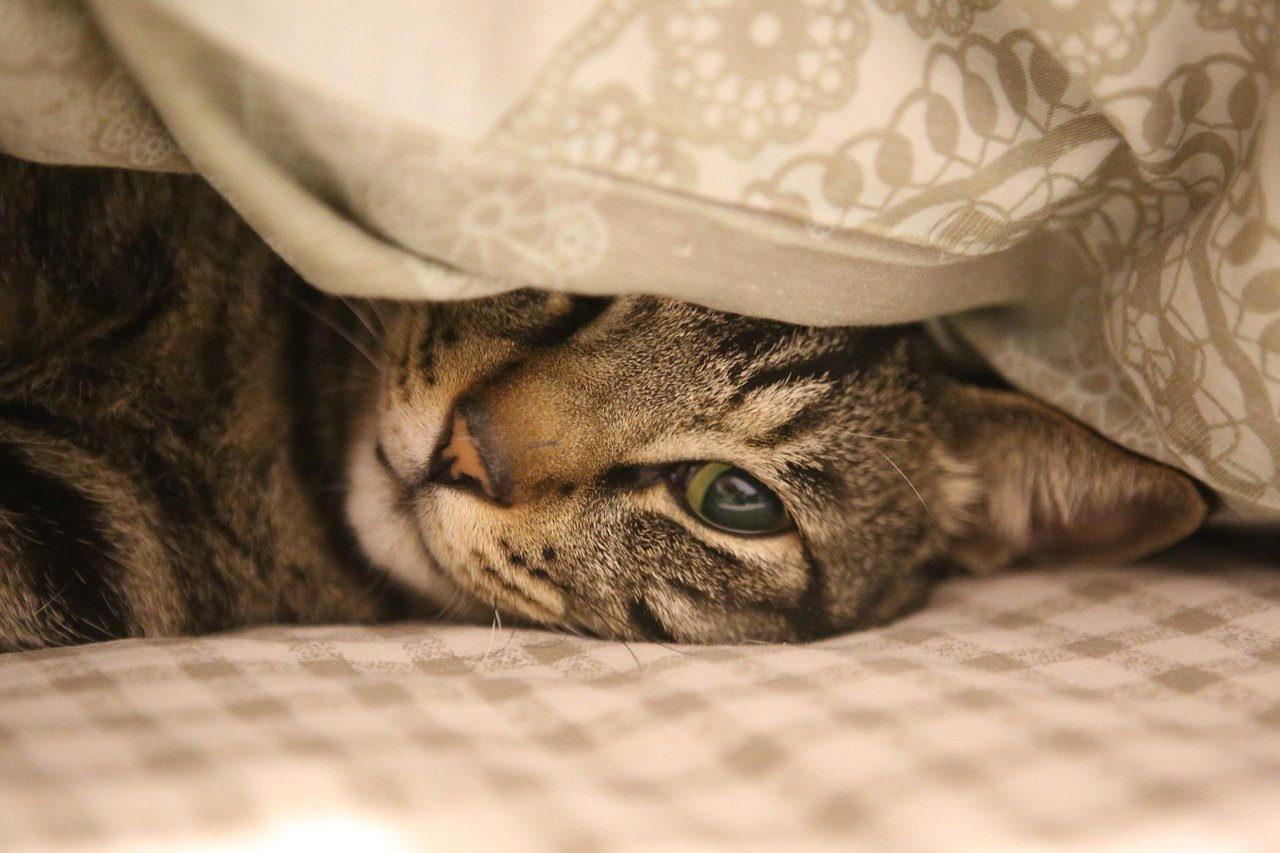
Sometimes, your cat’s weekly visit is about seeking comfort. If they’ve had a stressful week—loud noises, visitors, or other pets—they might turn to you for reassurance. Your lap becomes a safe haven, a place where the world feels calm and predictable. Even the most independent cats need comfort sometimes, and your lap is the perfect retreat. Think of it as your cat’s way of saying, “I need you right now,” even if it’s only once a week.
Health and Age: How Physical Well-being Affects Behavior
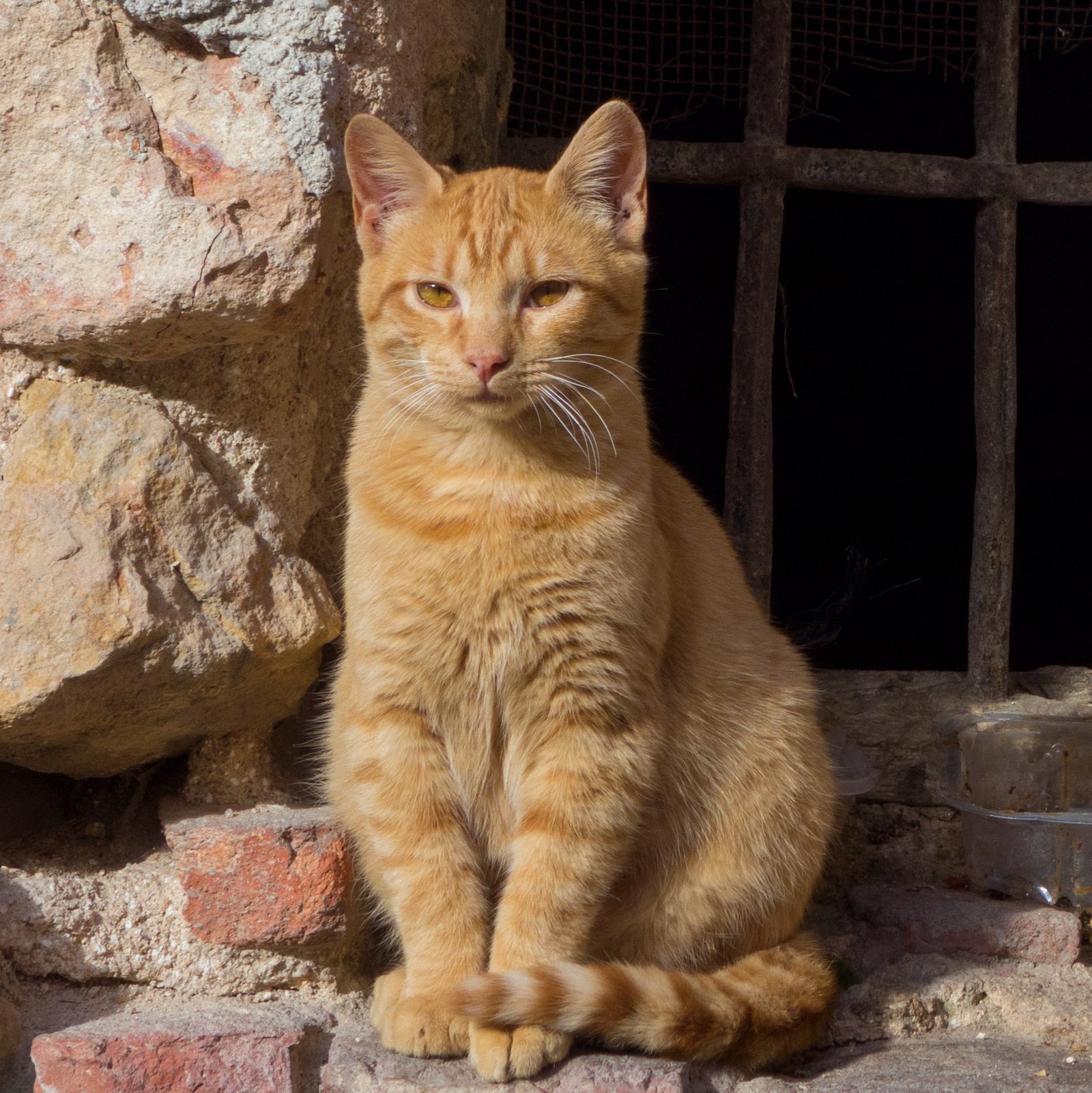
As cats age, their behavior can change. Older cats may seek out laps more often for warmth and comfort, while younger cats might be more restless. If your cat’s lap visits are infrequent but regular, it could be tied to their health or energy levels. Maybe they feel achy after a long play session, or they’re looking for a place to snooze after exploring. Paying attention to these patterns can help you spot changes in your cat’s health and well-being.
Socialization: Early Experiences Shape Affection

Cats that were well-socialized as kittens—exposed to gentle handling, people, and positive experiences—are often more affectionate as adults. If your cat chooses your lap once a week, it could reflect their early socialization. Some cats simply aren’t used to constant cuddling, but still crave occasional closeness. It’s a reminder that every cat’s history shapes who they are today, and that even infrequent affection is a sign of their unique journey.
Jealousy and Competition: Other Pets in the House

If you have other pets, your cat’s lap visits might be influenced by a sense of competition or jealousy. Maybe the dog usually claims your attention, or another cat dominates the cozy spots. Your weekly lap visit could be your cat’s way of staking their claim, reminding everyone (including you) that they still want to be close. It’s a gentle, sometimes hilarious tug-of-war for your affection that plays out in the smallest ways.
Seasonal Shifts: How Weather Changes Behavior

Ever notice your cat is more likely to curl up on your lap when it’s colder? Seasonal changes can have a big impact on your cat’s behavior. In the winter, your warm lap becomes extra appealing, while in the summer, your cat might prefer a cool tile floor. If your cat’s weekly visit coincides with a particular season or temperature drop, it’s just their way of adapting to the world around them—using you as a cozy, living blanket.
Unique Preferences: The Lap as a Personal Choice
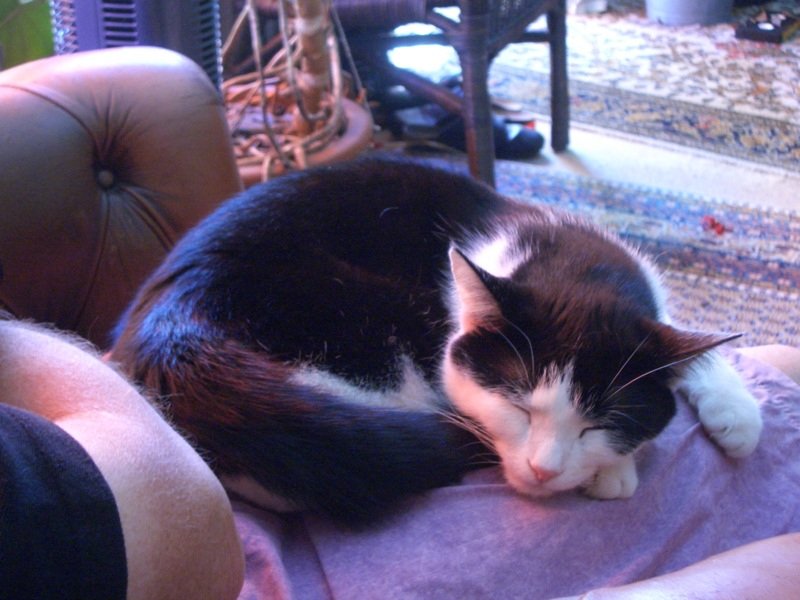
Some cats just have quirky preferences. Maybe your lap is more comfortable than the couch, or maybe you’re their favorite human. It could be the way you sit, the smell of your clothes, or even the sound of your voice. These unique preferences are what make each cat so special. Your weekly lap visit is a reflection of your cat’s one-of-a-kind personality—a little window into what makes them tick.
Communication: When Silence Speaks Volumes
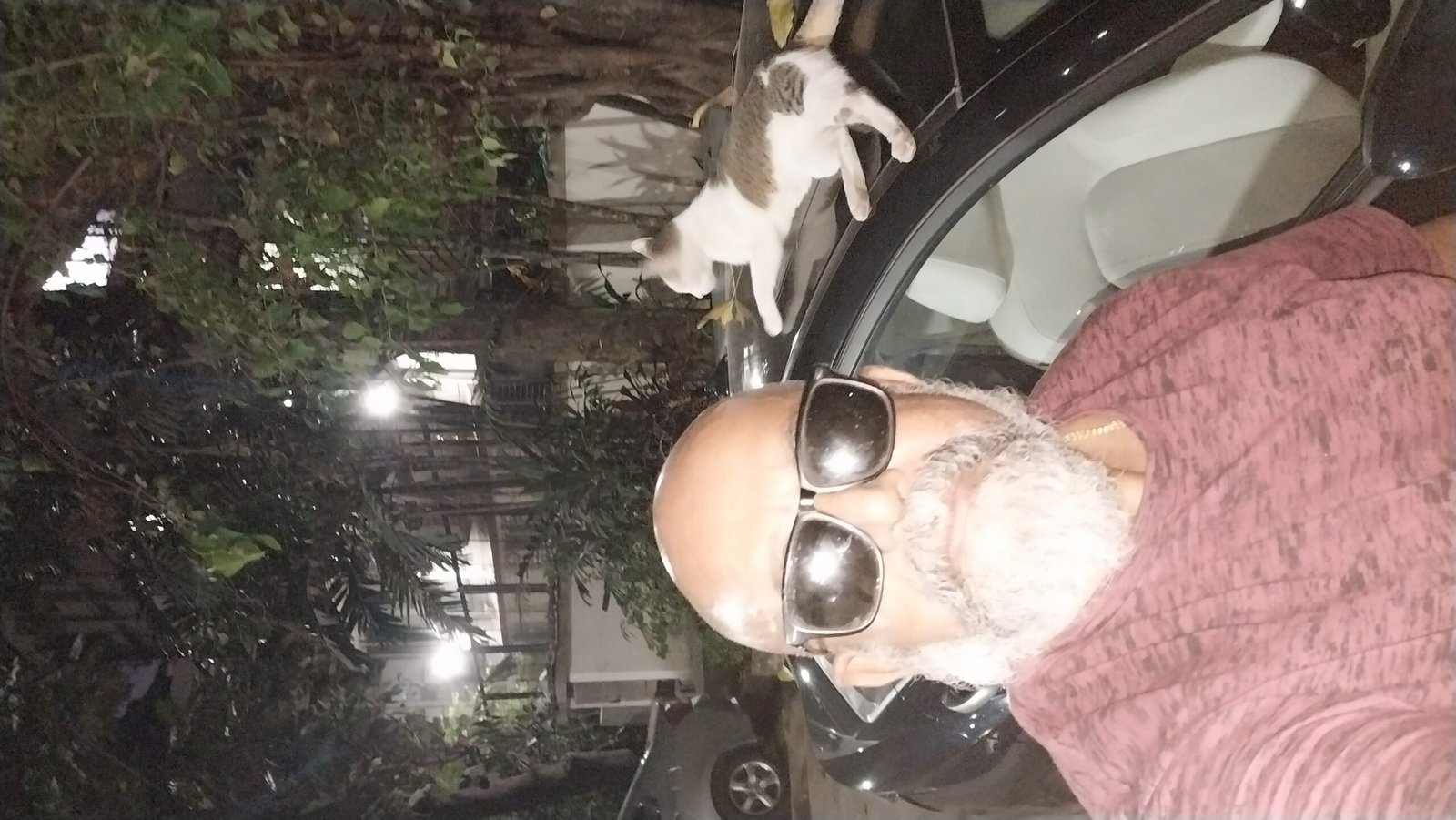
Cats might not speak our language, but their actions are full of meaning. A weekly lap visit is a subtle form of communication—a way to say “I’m here,” or “I trust you,” without uttering a word. The silence of these moments can be profound, creating a bond that words could never quite capture. It’s a quiet conversation between friends, shared in the gentle rise and fall of your cat’s breath.
Human Reactions: How We Respond Matters
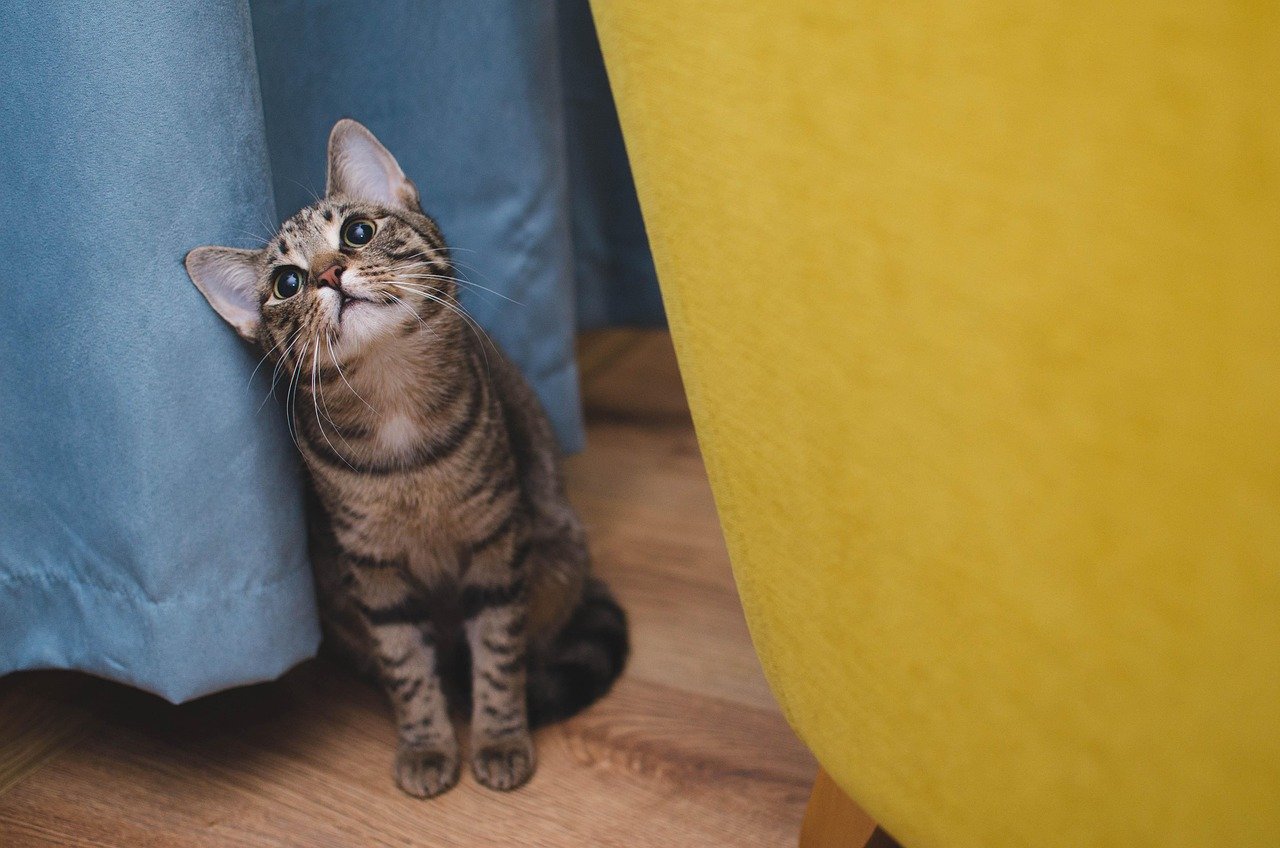
Let’s be honest—when a cat climbs onto our lap, most of us freeze in place, afraid to break the spell. Our reactions, whether it’s gentle petting, a soft smile, or whispered words, reinforce the experience for our cats. The way we respond can even influence how often our cats seek us out. If they feel safe and loved, they’re more likely to return, even if only once a week. In a way, our behavior is part of the ritual, too.
Memorable Moments: Cherishing the Rare Lap Cuddle
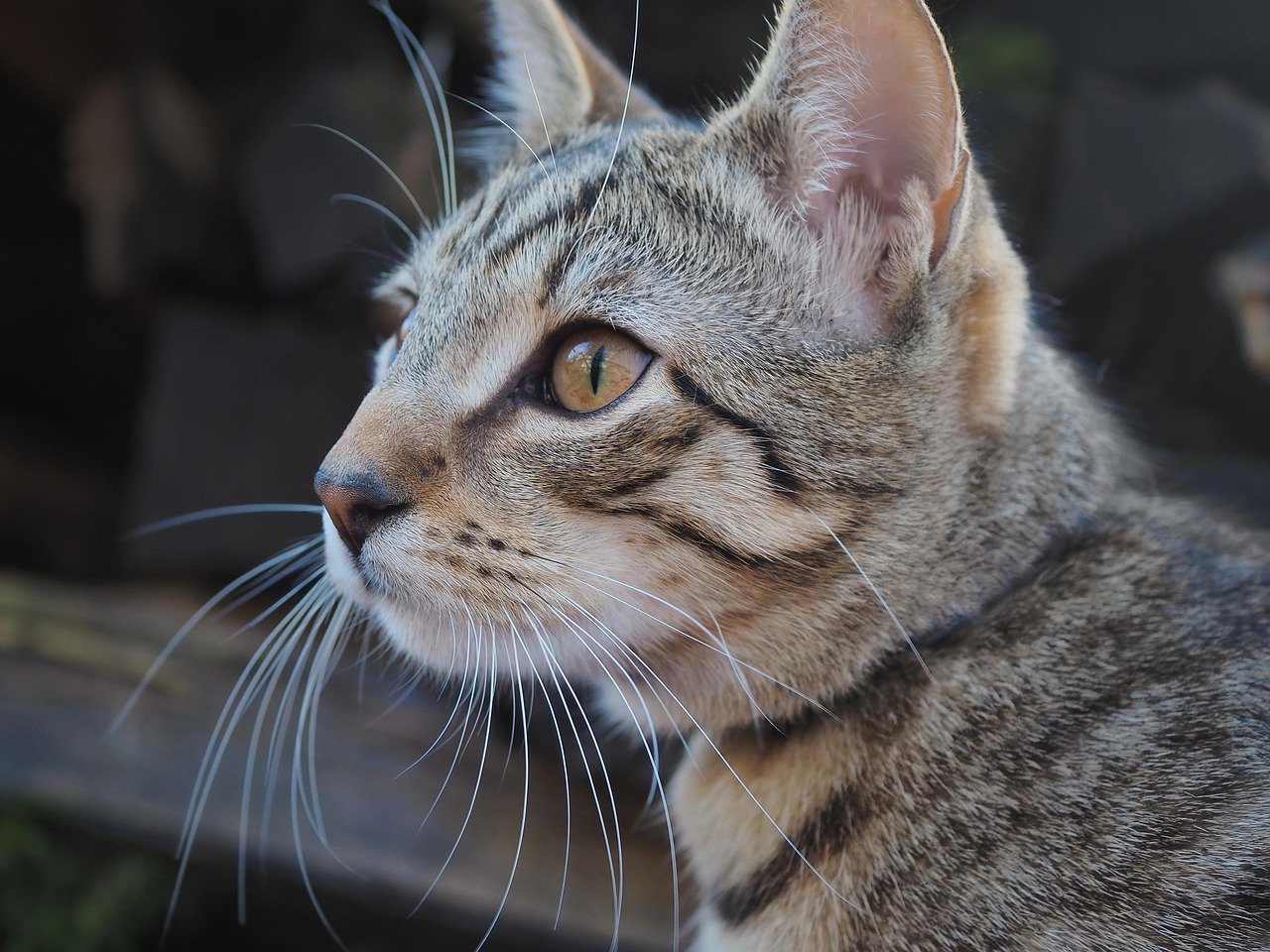
There’s something unforgettable about a rare lap cuddle. Maybe it happens on a lazy Sunday morning, or when you least expect it after a long week. These moments become little treasures, stories you’ll tell fellow cat lovers for years to come. They remind us that love isn’t always about quantity—sometimes, it’s the rarity that makes it so precious. Each lap visit is a memory in the making.
What If the Visits Stop? When to Be Concerned
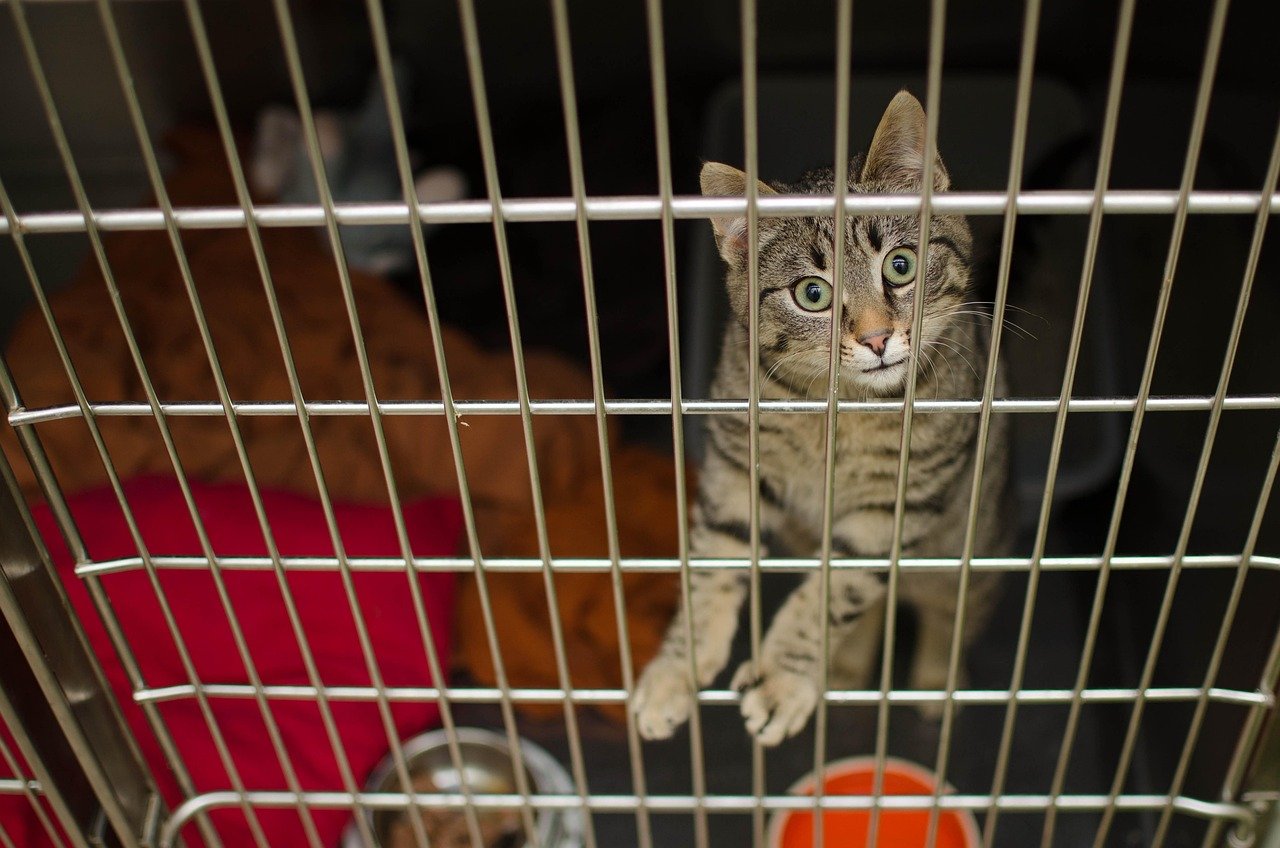
If your cat’s weekly lap visits suddenly stop, it’s worth paying attention. Changes in behavior can signal stress, illness, or discomfort. Maybe your cat isn’t feeling well, or something in the environment has shifted. While occasional changes are normal, sudden or prolonged absence from your lap could mean it’s time for a checkup. It’s a gentle reminder to always stay attuned to your cat’s needs and comfort.
The Power of Patience: Letting Cats Come to You

Cats do things on their own terms, and the best relationships are built on patience. Waiting for that weekly lap cuddle might feel like a test, but it’s also a lesson in trust and acceptance. When you let your cat come to you, you honor their independence and build a bond that’s stronger for it. In the end, it’s not about the frequency—it’s about the feeling. And when that moment finally happens, it’s all the sweeter.
Hi, I’m Bola, a passionate writer and creative strategist with a knack for crafting compelling content that educates, inspires, and connects. Over the years, I’ve honed my skills across various writing fields, including content creation, copywriting, online course development, and video scriptwriting.
When I’m not at my desk, you’ll find me exploring new ideas, reading books, or brainstorming creative ways to solve challenges. I believe that words have the power to transform, and I’m here to help you leverage that power for success.
Thanks for stopping by, Keep coming to this website to checkout new articles form me. You’d always love it!






